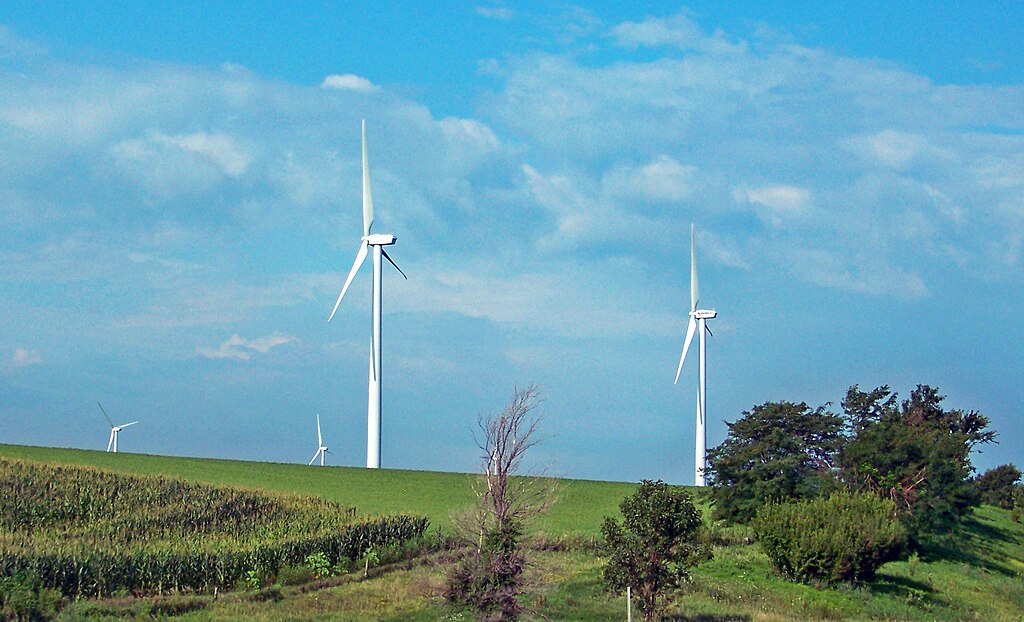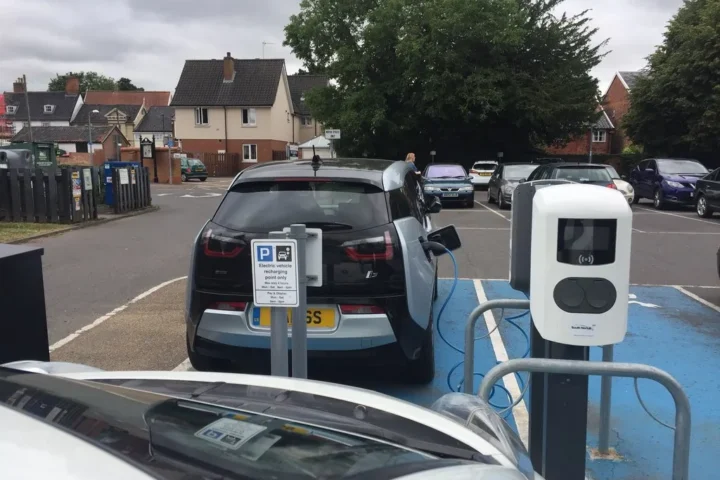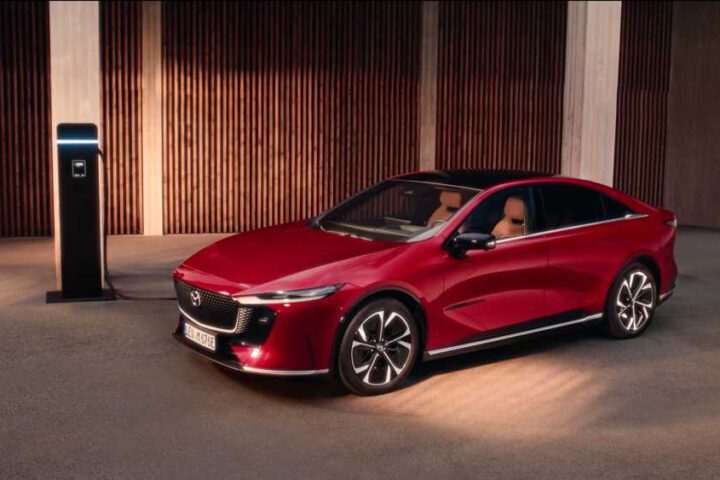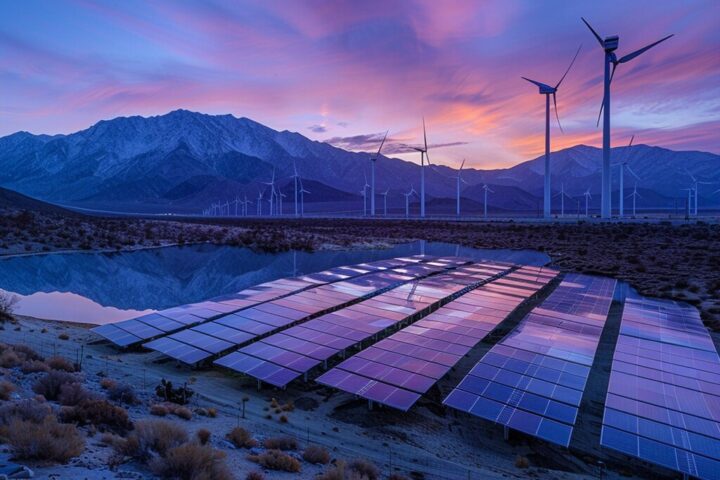The U.S. Treasury has issued new guidance that makes it harder for large wind and solar projects to claim federal tax credits. The changes narrow who can benefit from these incentives as they phase out under the One Big Beautiful Bill Act (OBBBA).
The biggest change affects how companies prove they’ve started building their projects. Previously, developers could qualify by spending just 5% of a project’s total cost. Now, large utility-scale projects must show “physical work of a significant nature” and maintain a “continuous program of construction.” Only small solar projects under 1.5 megawatts can still use the old 5% rule.
“The executive order and the uncertainty has actually had a more negative impact than the legislation itself,” said Reagan Farr, CEO of solar project developer Silicon Ranch.
This policy shift could have wide-reaching effects on America’s renewable energy growth. Clean Energy Associates warns that the United States might lose about 60 gigawatts of planned solar capacity through 2030 – enough electricity to power roughly 10 million homes.
Projects still have four years to finish construction after they start, but the timeline to begin has shrunk dramatically. Under previous law, wind and solar credits were available through 2032. The OBBBA requires projects to begin by July 2026 or be completed by the end of 2027 to qualify for the 30% tax credit.
The guidance follows President Trump’s executive order directing Treasury to “strictly enforce the termination” of these credits. This is part of a broader campaign that has also tightened permitting on federal lands and offshore areas.
Industry groups have voiced concerns about the changes. Abigail Ross Hopper from the Solar Energy Industries Association called the guidance “yet another act of energy subtraction” that would raise costs. Jason Grumet from the American Clean Power Association warned it undermines grid integrity.
Similar Posts
Some Republican senators have pushed back against the stricter rules. Senators Chuck Grassley of Iowa and John Curtis of Utah have placed holds on Treasury nominees until they receive assurances the rules follow congressional intent. Iowa generates more than half its electricity from wind.
While the market initially rallied for companies focused on residential solar installations, which weren’t hit as hard by the changes, larger developers now face additional hurdles.
The impact has already begun. Some companies have stalled projects while others are racing to start construction under current rules. Aaron Halimi, founder of Renewable Properties, said his company has taken steps to protect future projects by buying transformers and American-made panels and increasing credit lines for purchasing equipment.
More than 2,500 announced wind and solar projects that haven’t broken ground could be affected by these changes, according to energy analyst Atin Jain from BloombergNEF.
As demand for electricity rises, especially from data centers powering AI technologies, these rule changes could lead to higher power costs and slower development of new energy sources. According to LevelTen, power purchase agreement prices have already risen about 4% in the month since OBBBA’s passage.
The Treasury Department’s guidance became effective in September and is not retroactive for prior small geothermal solar projects.



















